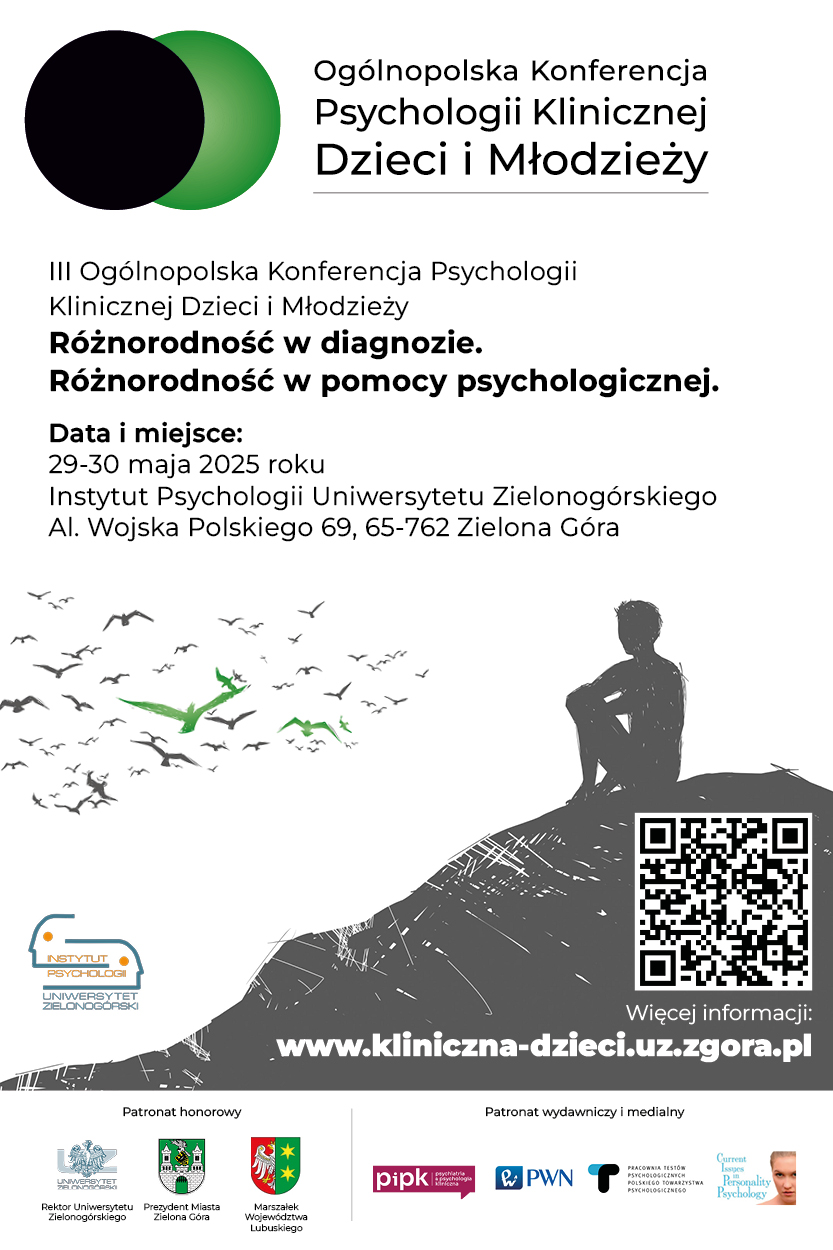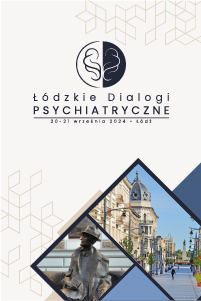Musical communication in the early intervention (education) of a child and their family
Paweł Cylulko
 Affiliacja i adres do korespondencji
Affiliacja i adres do korespondencjiMusic accompanies a man almost throughout their whole life. As early as in the prenatal period, a baby reacts to the sounds it is “wrapped in.” An infant turns its head towards the voice of the mother and shows interest in the melodies that she hums and lullabies that she sings. At the subsequent stages of development, children use their own bodies, toys, everyday objects and domestic equipment to produce sounds, they create their own rhythms, melodies, and build simple music instruments. They play, learn and rest humming favourite tunes, singing hit songs, clapping, tapping their fingers or stumping their feet to produce the rhythm of well-known songs. In the early intervention (education) of a child, various methods of early diagnosis of developmental disorders and rehabilitation are used. More and more often, these include unconventional measures, e.g. music. Sound and music signals, correctly interpreted by the parents and intervention education professionals, enable them to better understand the child’s desires, expectations and predispositions, and thus to better react to his or her messages and engage in a dialogue with the child. This may reduce the risk of developmental abnormalities and problems and it may be an effective form of supporting the child and their family. The ubiquity of sounds, both musical and non-musical, and various functions that they fulfil in the life of a contemporary human being leads various professionals, such as doctors, psychologist, teachers and music therapists, to use musical communication in order to help children that are at the risk of abnormal development or disability and their parents.






















